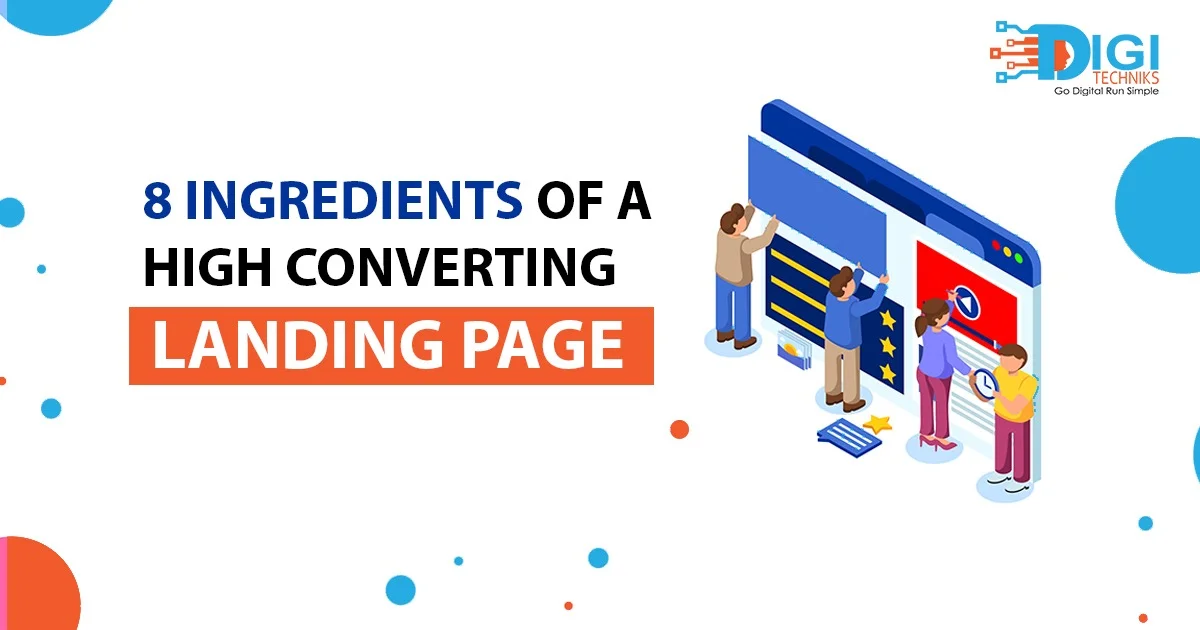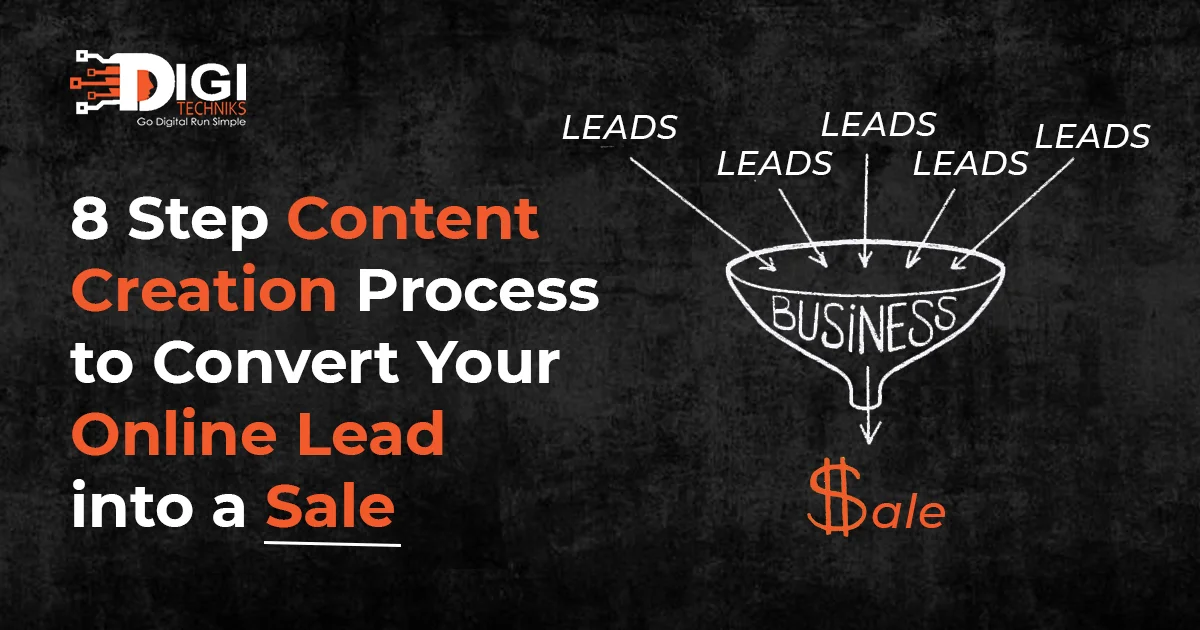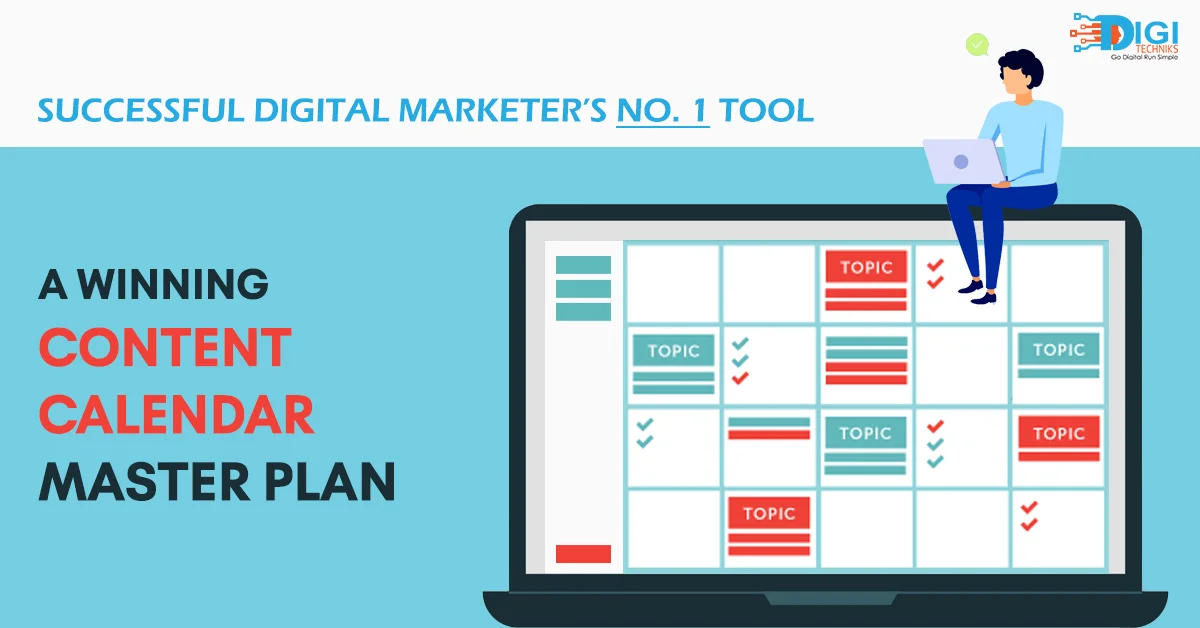Recent Posts
- 8 Ingredients of a High Converting Landing Page
- 8-Step Content Creation Process That Converts Online Lead in to a Sale
- 9-Step Automated Lead Nurturing Process To Convert Online Lead To A Sale
- How We Generated 10K+ Piping Hot Leads For A Real Estate Client & Helped Them Sell 300+ Plots?
- Competitor Analysis Secrets That No One Talks About










